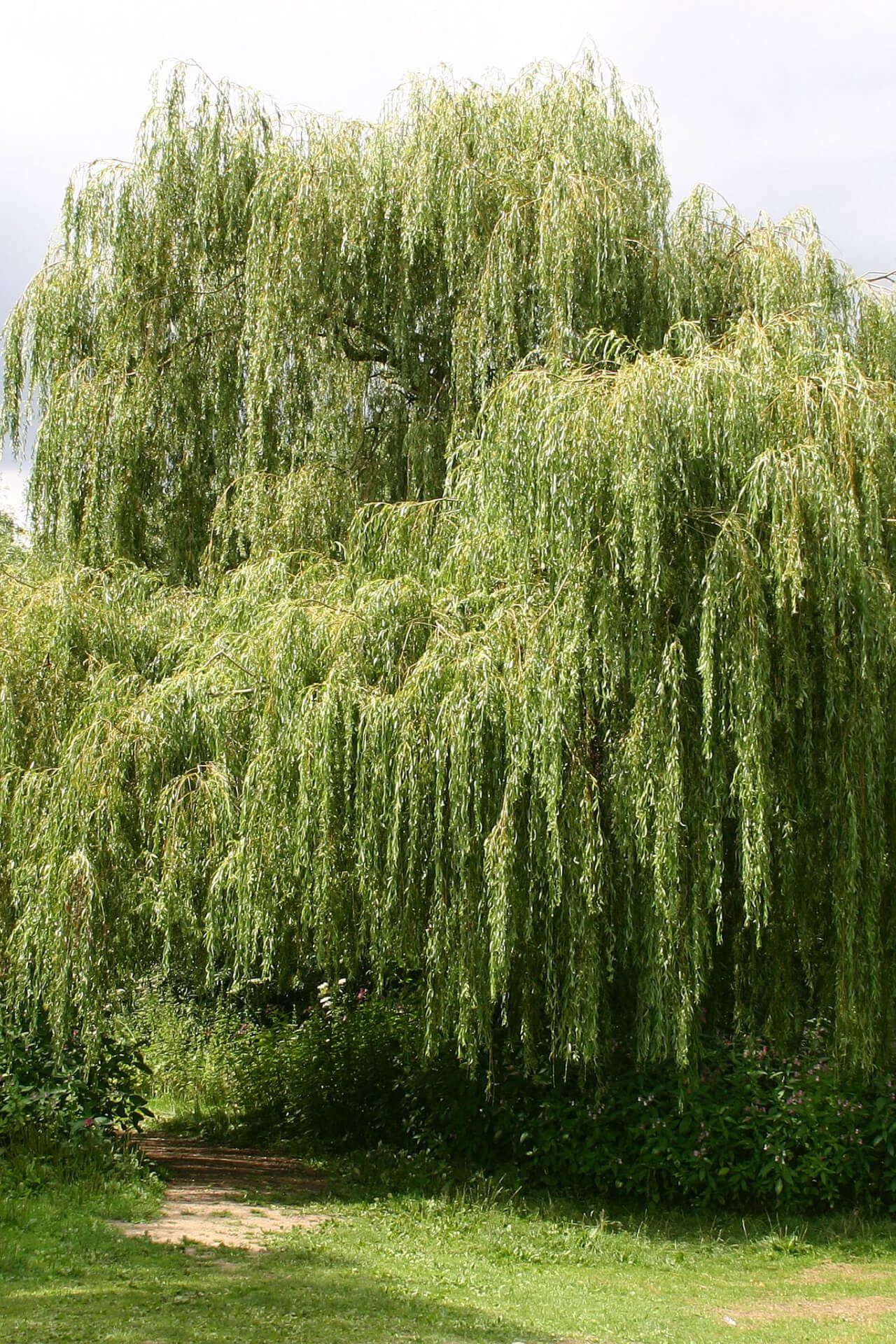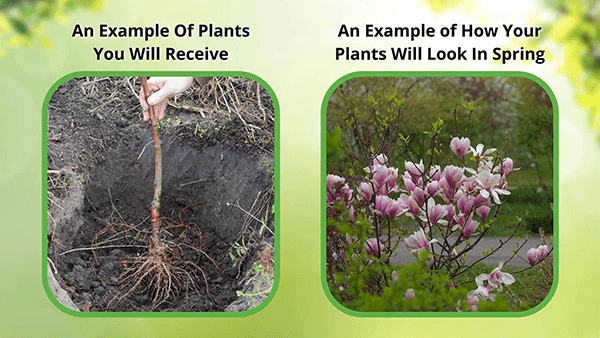Weeping Willow Tree
Weeping Willow Tree
| Order | Percentage Discount | ||
|---|---|---|---|
| 2-5 | 25% Off | ||
| 6-10 | 30% Off | ||
| 11-25 | 35% Off | ||
| 26-50 | 45% Off | ||
| 51+ | 65% Off | ||
Couldn't load pickup availability
NJ.OH.CT. CA.
Weeping Willow Tree
The Weeping Willow tree is a magnificent tree that has captured the hearts of many citizens with its graceful branches and gentle sway. It symbolizes beauty, serenity, and tranquility, making it a popular choice for landscape designs. With its cascading foliage and intricate branch structure, the tree can add a touch of elegance and drama to any outdoor space.
Weeping Willow Tree Characteristics
The deciduous tree can grow up to 15 meters in height and 15 meters in width, making it a sizable addition to any landscape. Its branches are slender and pendulous, with long and narrow leaves, giving it a distinctive appearance. The tree's bark is light gray and can be smooth or rough, depending on age.
Benefits
Aside from its stunning appearance, the tree also offers a range of benefits to any landscape design. It is an excellent choice for erosion control, as its extensive root system helps stabilize the soil. The tree also provides shade and shelter to wildlife, making it a popular choice for birdwatchers and nature lovers. It is also an excellent tree for water retention, as its roots absorb excess water and help prevent flooding.
Growing and Caring
A hardy tree can grow in various soil types and moisture levels
It needs full sun to partial shade and requires regular watering during the hot summer. Pruning is also necessary to maintain the tree's shape and size, and it should be done during the winter when the tree is dormant. With proper care and maintenance, the tree can thrive for many years and continue to add beauty and grace to any landscape design.
Care And Maintenance
It can add elegance and drama to any landscape design. With its cascading foliage, slender branches, and distinctive appearance, it is a symbol of beauty, serenity, and tranquility. It offers a range of benefits to any outdoor space, from erosion control to shade and shelter for wildlife. With proper care and maintenance, the tree can continue to grow and thrive for many years, adding grace and beauty to your landscape.
The tree is one of the most recognizable trees in the United States. It is often seen in television shows and movies and is known for its romantic and stately appearance. This Willow is typically a tall tree with branches that hang loosely and gracefully. The leaves on the trees are green or yellow. The average height is typically between 30 and 35 feet tall. Known by the scientific name Salix babylonica,
The Willow represents "strength, flexibility, and fertility." She is known for the branches' ability to bend without breaking. It can survive in various climates and soils and is a flexible, robust, and amenable tree. Initially found in China, the tree can now be found in the Middle East, Europe, North America, and its home country of China.
The optimal growing conditions for the tree include being near water. The thirsty roots of Willows enjoy drinking up available moisture and prefer to be near lakes, rivers, and even ponds. The ever-adaptable tree can grow and thrive in an abundance of different types of soil, and although this Willow loves moisture and water, it can stand in arid climates and soil types.
A person interested in growing a tree should know that it's easy to establish and can be produced from a cutting. Considerations for growing this tree include an understanding that while fully established, they are highly adaptable; younglings need to grow near water and have access to steady sunlight.
Furthermore, the tree roots can be quite fragile when growing
The Weeping Willow tree will eventually grow deep into the soil and spread several feet past the length of the rest of the tree. In conclusion, trees are beautiful shade trees that add a unique quality wherever planted in your garden or landscape.
This Is How Your Plants Will Look upon Delivery
Shipping date depends on the date displayed and chosen when you order from the product's page.
We only accept returns on plants verified dead. If you think your plants have died, we offer a 1 year warranty, please use use this File a Claim Link to verify dead plants and start with return warranty process.









